Tony and Ita Hawkes were showing us around the farm while daughter Jessica dialled in from Scotland. Jessica was on a short break that actually turned out to be an engagement weekend away, but it didn’t stop her from dialling into the judges from Scotland.
While she studied pharmaceutical science, farming is Jessica’s first love and is very well qualified to explain what is happening on the farm. She didn’t lick it off the ground – Jessica grew up on the family farm at Keel, Innishannon, with Tony and Ita, who describe themselves as in semi-retirement.
A plan is in place to hand over the farm business in two years’ time to Jessica. Jessica is the seventh generation farming these lands and her stated aim is to create a farm that is eco friendly and yet able to sustain a good standard of living and lifestyle.
Two things stand out when you meet Tony and Ita – they have a great love for cows and different genetics, but, in addition they have a great love for trees and the environment.
Tony and Ita have always been big into genetics and breeding. This has resulted in a multicoloured, multi-breed herd of 146 cows that delivered over 904,600kg of milk which converted into 68,500kg of milk solids in 2021.
Bandon is cow country so you can imagine the looks Tony and Ita were getting when they started milking red and white Montbeliardes.
Herd EBI won’t blow the lights out averaging €132, but they have a herd of what I describe as a functional herd with big and strong cows.
In many cases this Montbeliarde purebred and crossbred was the next evolution for many dairy farmers when they realised they were too far down the elite Holstein route that were selected solely on milk yield but became very extreme in shape.
The hills around Innishannon are unforgiving so Tony and Ita wanted something more robust than the sharp Holstein.
The Hawkes have a keen interest in generating energy on farm. While they may not agree with the minister’s theory of car pooling in rural Ireland, they are very much doing their best to utilise the alternative energy sources on farm.
They have installed a bank of Solar PV panels (24 panels for 8KW of energy) on the roof of the dairy at significant cost. This energy is used on the farm and especially for heating water.
The net benefit to the farm is still being refined and the back of the envelope numbers we did on the day suggest the payback is eight to 10 years.
However, as Ita says, the payback is getting faster each time the unit of energy goes up in price.
In the last three to four years the Hawkes have invested over €400,000 in upgrading winter slurry storage and housing to bring it up to speed.
If ever a farm clearly presented what farmers can and are doing to mange the environmental challenges, this is one.
Tony and Ita Hawkes were showing us around the farm while daughter Jessica dialled in from Scotland. Jessica was on a short break that actually turned out to be an engagement weekend away, but it didn’t stop her from dialling into the judges from Scotland.
While she studied pharmaceutical science, farming is Jessica’s first love and is very well qualified to explain what is happening on the farm. She didn’t lick it off the ground – Jessica grew up on the family farm at Keel, Innishannon, with Tony and Ita, who describe themselves as in semi-retirement.
A plan is in place to hand over the farm business in two years’ time to Jessica. Jessica is the seventh generation farming these lands and her stated aim is to create a farm that is eco friendly and yet able to sustain a good standard of living and lifestyle.
Two things stand out when you meet Tony and Ita – they have a great love for cows and different genetics, but, in addition they have a great love for trees and the environment.
Tony and Ita have always been big into genetics and breeding. This has resulted in a multicoloured, multi-breed herd of 146 cows that delivered over 904,600kg of milk which converted into 68,500kg of milk solids in 2021.
Bandon is cow country so you can imagine the looks Tony and Ita were getting when they started milking red and white Montbeliardes.
Herd EBI won’t blow the lights out averaging €132, but they have a herd of what I describe as a functional herd with big and strong cows.
In many cases this Montbeliarde purebred and crossbred was the next evolution for many dairy farmers when they realised they were too far down the elite Holstein route that were selected solely on milk yield but became very extreme in shape.
The hills around Innishannon are unforgiving so Tony and Ita wanted something more robust than the sharp Holstein.
The Hawkes have a keen interest in generating energy on farm. While they may not agree with the minister’s theory of car pooling in rural Ireland, they are very much doing their best to utilise the alternative energy sources on farm.
They have installed a bank of Solar PV panels (24 panels for 8KW of energy) on the roof of the dairy at significant cost. This energy is used on the farm and especially for heating water.
The net benefit to the farm is still being refined and the back of the envelope numbers we did on the day suggest the payback is eight to 10 years.
However, as Ita says, the payback is getting faster each time the unit of energy goes up in price.
In the last three to four years the Hawkes have invested over €400,000 in upgrading winter slurry storage and housing to bring it up to speed.
If ever a farm clearly presented what farmers can and are doing to mange the environmental challenges, this is one.




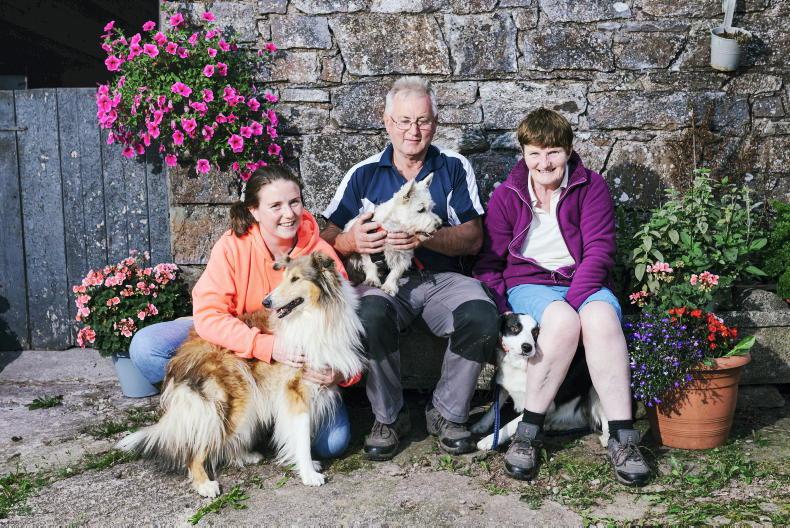
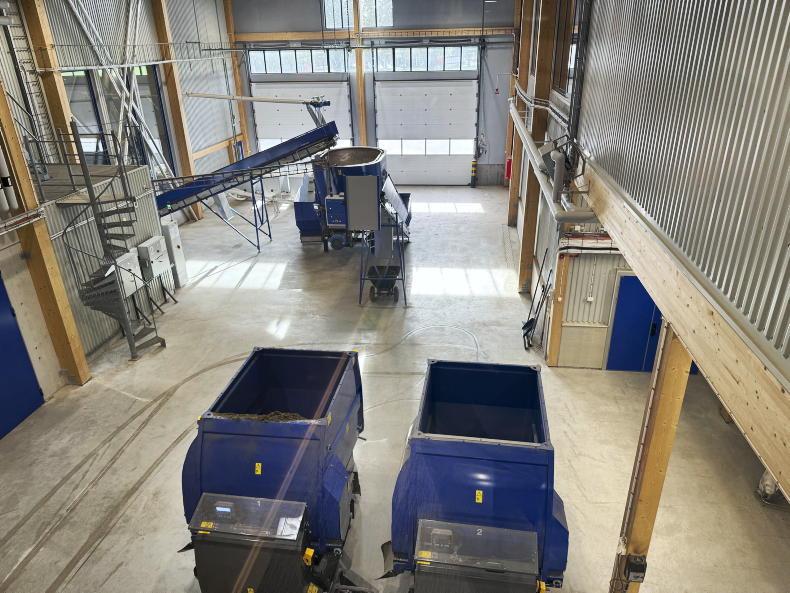

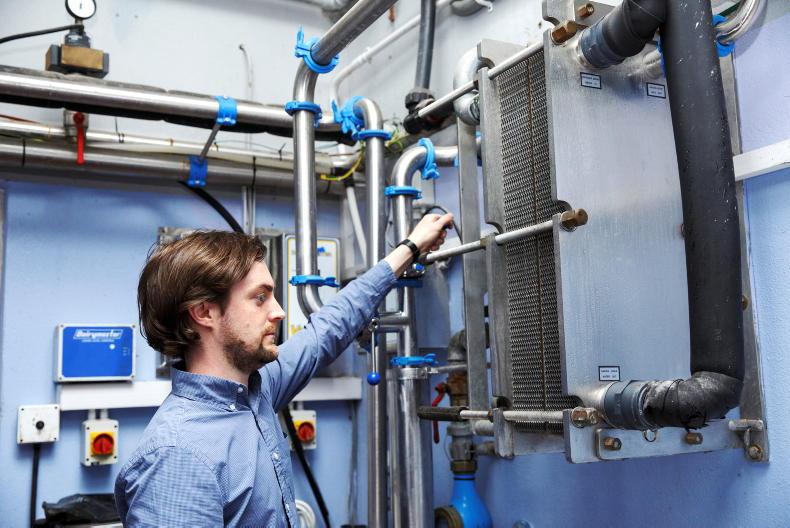
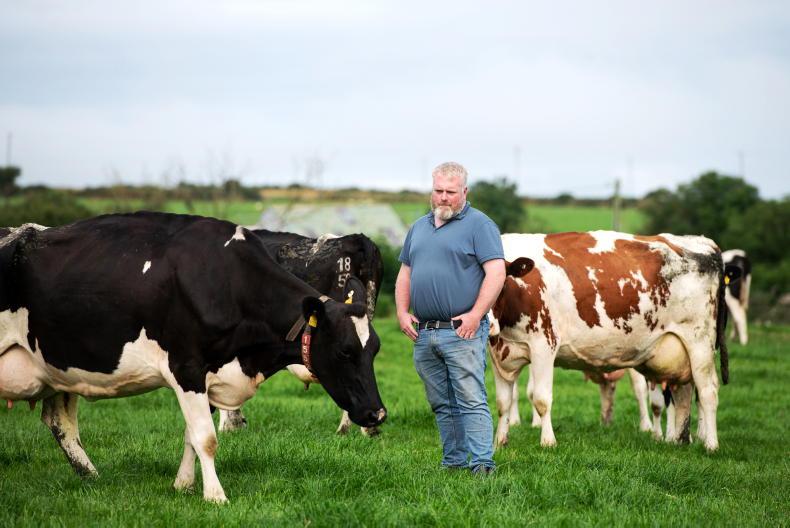
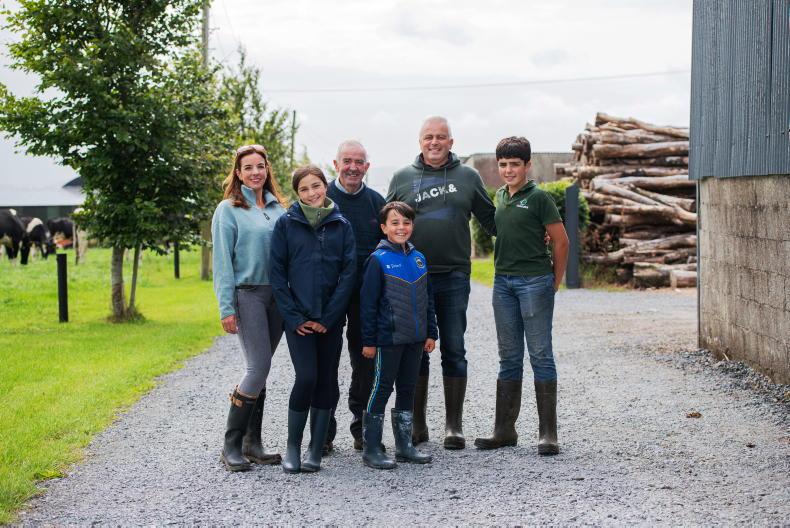
SHARING OPTIONS